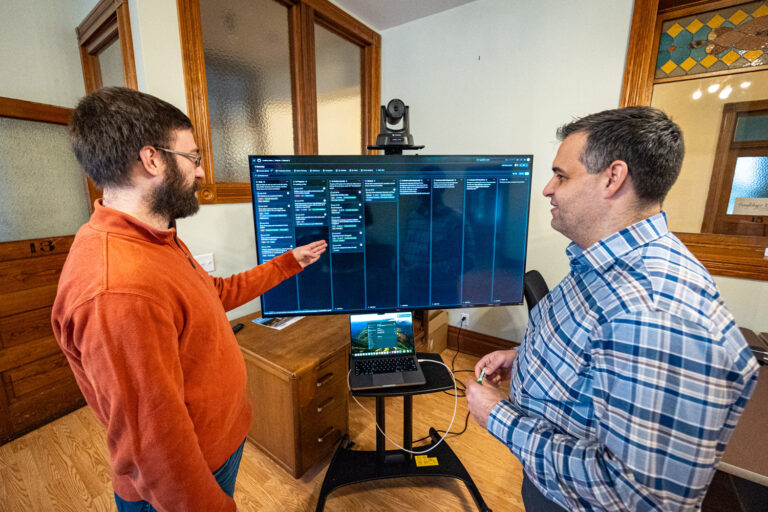When developing software, it’s essential to understand the importance of feedback from customers. It’s equally important to know how to handle that feedback in a way that ensures long-term success. In this blog post, we’ll explore the key takeaways from our recent video on this topic and offer some tips for handling feedback effectively.
Feedback is essential
The first thing to understand is that feedback is critical to the success of any product. When you put your product in the hands of customers, they will have opinions about it. And, more often than not, those opinions will be valuable insights into what they want and need from your product.
It’s essential to listen to this feedback and take it seriously. The worst thing you can do is ignore feedback or dismiss it as unimportant. Doing so can result in a product that doesn’t meet your customers’ needs and ultimately fails in the marketplace.
Remember, all software products should be usable, equitable, enjoyable, and useful.
Stay focused on the problem
Staying focused on the problem means taking a close look at the feedback you receive and evaluating it through the lens of the original problem. Does the feedback help you better understand the problem your customers are having? If so, it’s likely valuable feedback that can help you improve your product.
On the other hand, if the feedback is about a problem that isn’t related to the fundamental problem you set out to solve, it’s likely not worth pursuing. In fact, pursuing this feedback can lead to the Frankenstein problem.
The “Frankenstein problem.” occurs when you listen to every piece of feedback and try to implement every suggestion, resulting in a product that is disjointed and doesn’t meet anyone’s needs effectively.
Understand the problem
To avoid the Frankenstein problem, it’s essential to understand the problem you’re trying to solve fully. You should know the problem inside and out, so when feedback comes in, you can evaluate it in light of that problem and determine whether it’s worth pursuing.
At the beginning of each software project, UX research and product discovery sessions should be completed to help you understand what the problem is. Often, you can find the root causes of these problems and design solutions for them.
I’ve built products in the past without fully understanding the problem, which resulted in features that didn’t meet anyone’s needs. Don’t make this mistake. Take the time to truly understand the problem before you start building, and you’ll be much more successful in the long run.
Evaluate the feedback
When evaluating feedback, it’s essential to focus on the problem and not the solution. Customers will often come to you with suggestions for new features or improvements, but it’s essential to understand the problem they’re trying to solve and evaluate the feedback through that lens.
For example, a customer might suggest a new feature that they think would be helpful, but upon closer examination, you realize that the feature isn’t related to the fundamental problem your product is meant to solve. In this case, it’s probably best to thank the customer for their feedback but not pursue the new feature.
Feedback is essential to building a successful software product. However, it’s equally important to handle that feedback in a way that ensures long-term success. Stay focused on the problem, avoid the Frankenstein problem, and evaluate feedback through the lens of the problem you’re trying to solve, and you’ll be much more likely to build a product that meets your customers’ needs and succeeds in the marketplace.




